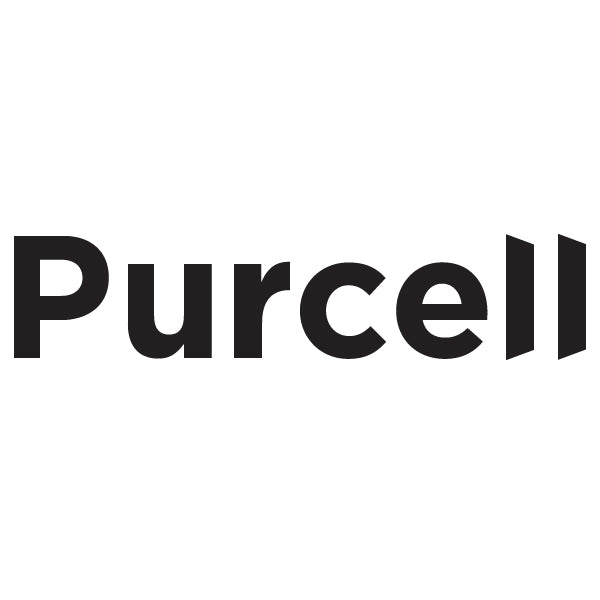Purcell dispensers can inform packaging insights in portion size preferences and pricing sensitivity involves exploring several key areas: understanding consumer behavior in food consumption, leveraging data from food dispenser usage, and applying these insights to pre-packaged food product pricing and quantity.
- Understanding Consumer Behavior in Food Consumption:
Purcell dispensers, typically used for dispensing food items, offer a unique window into consumer behavior regarding portion control. These dispensers differ from pre-packaged products as they allow users to determine the quantity of food they consume. This self-service model can provide valuable insights into individual preferences for portion sizes, which may vary based on dietary habits, health consciousness, or personal taste.
- Data Collection and Analysis:
Monitoring the usage patterns of Purcell dispensers can yield significant data on consumer portion size preferences. By tracking the frequency and amount of food dispensed per use, companies can understand average portion preferences. Advanced analytics can further refine these insights, offering a detailed picture of consumer behavior.
- Insights into Portion Size Preferences:
The data collected can reveal trends and preferences in portion sizes. If many consumers opt for smaller portions, it might indicate a market trend towards moderation or dietary control. Conversely, a preference for larger portions could reflect a consumer base with different priorities, such as value for money or larger appetites.
- Pricing Sensitivity and Willingness to Pay:
The Purcell dispensers' model, which could be adapted to a pay-per-portion system, provides insights into how much consumers are willing to spend on food based on the quantity they choose. This information is crucial in understanding the price sensitivity and value perception of different consumer segments.
- Application to Pre-Packaged Products:
Insights from Purcell dispenser usage can directly influence the packaging strategies for pre-packaged foods. For instance, a trend towards smaller portions can lead to the introduction of smaller, more affordable packaging options, aligning product offerings with consumer demand and potentially reducing food waste.
- Dynamic Pricing Models:
The data can inform dynamic pricing models for pre-packaged goods. If consumers show a preference for smaller, more frequent purchases, companies might consider offering a range of product sizes with corresponding price points, catering to diverse consumer needs and budget constraints.

